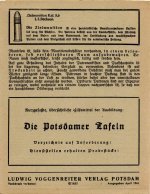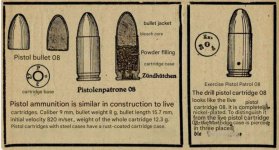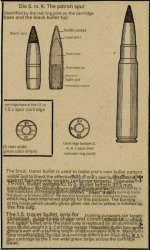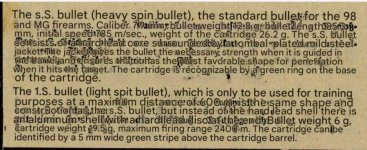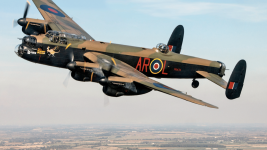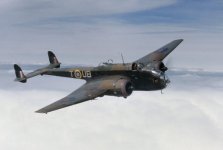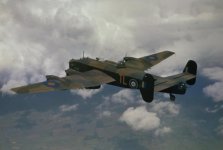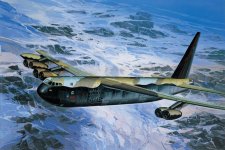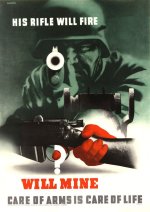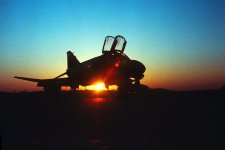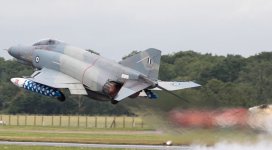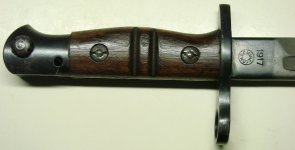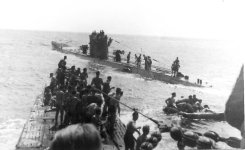
Laconia incident
The
Laconia incident was a series of events surrounding the sinking of a British passenger ship in the
Atlantic Ocean on 12 September 1942, during
World War II, and a subsequent aerial attack on German and Italian submarines involved in rescue attempts.
RMS Laconia, carrying 2,732 crew, passengers, soldiers, and
prisoners of war, was torpedoed and sunk by
U-156, a German
U-boat, off the
West African coast. Operating partly under the dictates of the old
prize rules, the
U-boat's commander,
Korvettenkapitän Werner Hartenstein, immediately commenced rescue operations.
U-156 broadcast her position on open radio channels to all
Allied powers nearby, and was joined by several other U-boats in the vicinity.
After surfacing and picking up survivors, who were accommodated on the
foredeck,
U-156 headed on the surface under
Red Cross banners to rendezvous with
Vichy French ships and transfer the survivors. En route, the U-boat was spotted by a
B-24 Liberator bomber of the
US Army Air Forces. The aircrew, having reported the U-boat's location, declared intentions, and the presence of survivors, were then ordered to attack the sub. The B-24 killed dozens of
Laconia's survivors with bombs and
strafing attacks, forcing
U-156 to cast into the sea the remaining survivors that she had rescued and
crash dive to avoid being destroyed.
Rescue operations were continued by other vessels. Another U-boat,
U-506, was also attacked by US aircraft and forced to dive. A total of 976 to 1,083 people were eventually rescued; however, 1,658 to 1,757 were killed, mostly Italian
POWs. The event changed the general attitude of Germany's naval personnel towards rescuing stranded Allied seamen. The commanders of the
Kriegsmarine were quickly issued the
Laconia Order by Grand Admiral
Karl Dönitz, which specifically forbade any such attempt and ushered in
unrestricted submarine warfare for the remainder of the war.
The B-24 pilots mistakenly reported they had sunk
U-156, and were awarded medals for bravery. Neither the US pilots nor their commander were punished or investigated, and the matter was quietly forgotten by the US military. During the later
Nuremberg trials, a prosecutor attempted to cite the Laconia Order as proof of
war crimes by Dönitz and his submariners. The ploy backfired, causing much embarrassment to the United States after the incident's full report had emerged to the public and the reason for the "Laconia order" was known.















































